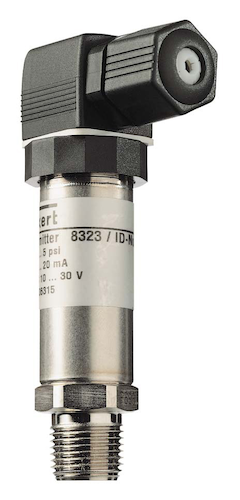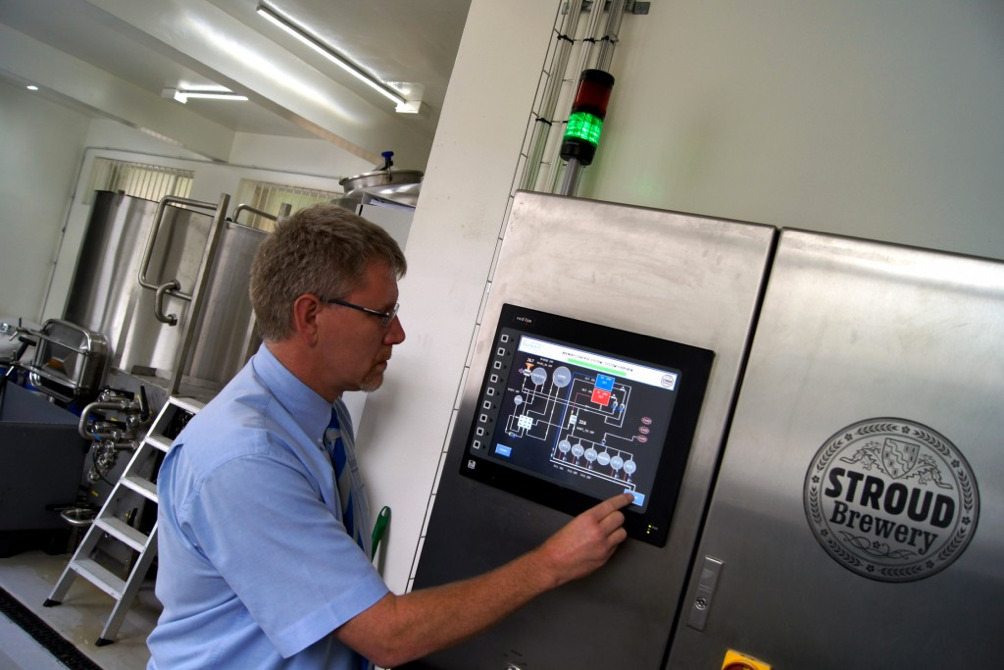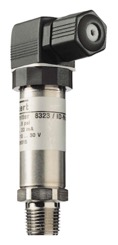
What is the difference between a pressure switch and a pressure transmitter?
Pressure Switch vs Pressure Transmitter: Key Differences Explained
Understanding the difference between a pressure switch vs pressure transmitter is crucial for effective process automation and pressure monitoring. These devices serve different roles in industrial systems. This blog explains their functions, applications, and how to select the right one for your needs.
What Is a Pressure Transmitter?
A pressure transmitter continuously measures pressure in liquids or gases and converts it into an electrical signal, such as 4–20 mA or voltage. This data feeds into control systems like PLCs or SCADA for real-time monitoring.
Pressure transmitters are commonly used in:
- Filtration systems
- Chemical dosing
- Food and beverage processing
- Pumping stations
- Wastewater treatment plants
Explore our pressure transmitter product range for reliable industrial solutions.
What Is a Pressure Switch?
A pressure switch activates or breaks an electrical circuit when pressure crosses a preset threshold, providing simple on/off control without continuous measurement.
Typical applications include:
- Boiler safety systems
- HVAC pressure monitoring
- Pump start/stop controls
- Compressors and vacuum systems
Find the right product in our pressure switch product range.
Pressure Switch vs Pressure Transmitter: A Quick Comparison
| Feature | Pressure Transmitter | Pressure Switch |
|---|---|---|
| Output Signal | Continuous (4–20 mA or voltage) | Discrete (on/off) |
| Function | Real-time data transmission | Triggers circuit at set pressure |
| Use Cases | Automation, monitoring, analytics | Local control and safety |
| Power | Requires power supply | Often mechanical, no power needed |
| Integration | Links to PLC or SCADA systems | Direct control of alarms or devices |
| Cost | Higher due to precision | Lower for simple tasks |
Which One Should You Choose: Pressure Switch vs Pressure Transmitter?
Your choice between a pressure switch vs pressure transmitter depends on:
- System complexity: For real-time monitoring and automation, choose a transmitter.
- Control needs: For basic on/off control, a switch is sufficient.
- Budget: Switches are cost-effective; transmitters provide advanced features.
For hygienic applications, consider the Burkert FLOWave flow meter, which uses non-intrusive technology to maintain fluid hygiene without compromising performance. Learn more here.
Related Insights on Pressure Measurement
Order Pressure Switches and Pressure Transmitters Online Today
Whether upgrading automation or implementing safety controls, BM Engineering offers a wide range of pressure switches and pressure transmitters tailored to your needs.
🛒 Browse pressure switches
🛒 Browse pressure transmitters
📞 Contact us for advice and support
Stay Connected
🔗 Follow BM Engineering on LinkedIn
📺 Watch product videos on YouTube



